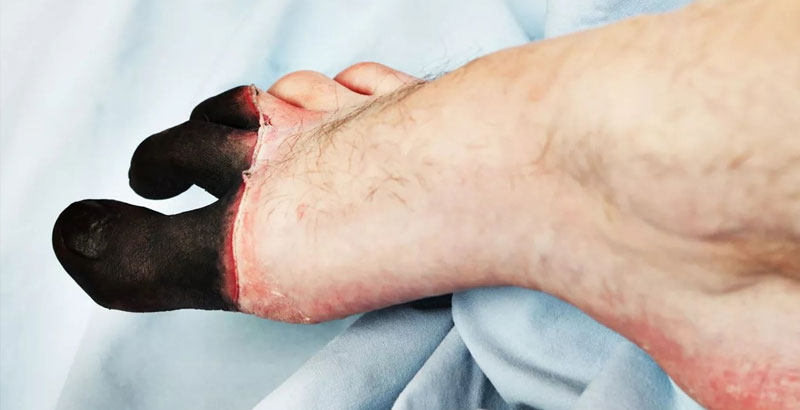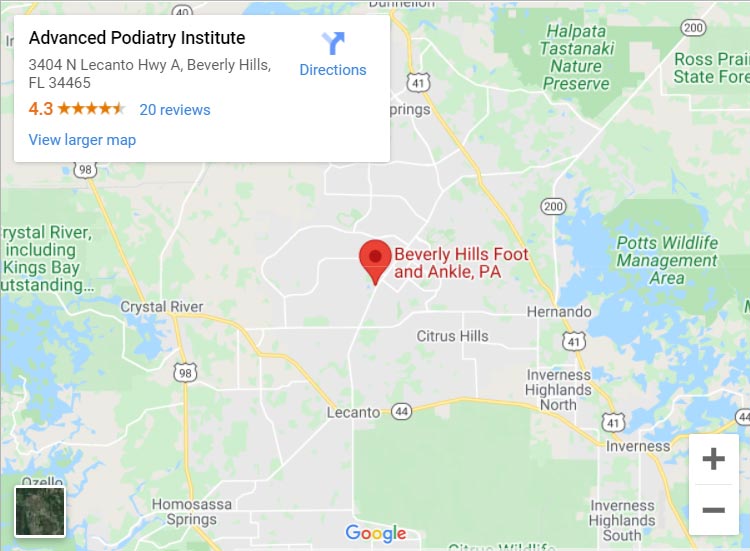Winter time conjures up memories of snow angels, snowball fights and snow men! However, care must be taken to prevent cold injuries as a result of prolonged exposure to the weather. Skin injuries due to the cold are due to ice crystal formation in the tissue. To prevent crystal formation from occurring in the vital tissues of your body such as your brain and heart, blood gets diverted from your extremities (arms and legs) into the core (trunk and head). The process of redirecting blood flow to more vital structures is called arteriolar shunting.
The process of transferring blood to the innermost aspect of your body means that your extremities are more prone to dying off with increased exposure to cold. In essence, your body sacrifices your limbs in order to keep its vital functions going. Without blood keeping the area supplied with oxygen, nutrients and warmth – it is easy to see why areas furthest away from the head and heart are most affected by the cold.
Frostnip
Frostnip is a freezing type of cold injury where reversible ice crystal formation occurs. This is the mildest form of frostbite and the nose, ears and extremities are the most likely areas to encounter it. When frostnip occurs your affected areas will become white and have a decreased sensation. Rapid rewarming in water heated to over body temperature (104-108F) is the best way to rescue those areas from further damage. The reasons for the use of very hot water is to shorten the frozen state, increase the local blood flow to the area and decrease the time cells are exposed to ions in the blood.
Superficial Frostbite
Extended exposure to the elements can turn a condition of frostnip into superficial frostbite! In this case, the cold has penetrated the area of skin and its underlying tissue, called the subcutaneous layer. There are a variety of signs that indicate superficial frostbite has occurred: itching/burning that is later replaced by ache, swelling, cyanosis (blueness), excessive perspiration, and coldness of injured parts that occurs 2-3 weeks after the injury and lasts for many months! The cold did not kill off the nerves in the affected area so there is significant pain.
Think you may have some problem in your feet and toes? Come on into Beverly Hills Foot and Ankle, PA for an evaluation with Dr. Nisha Krishnan! Call the office today at (352) 513-4867 to schedule your appointment!



